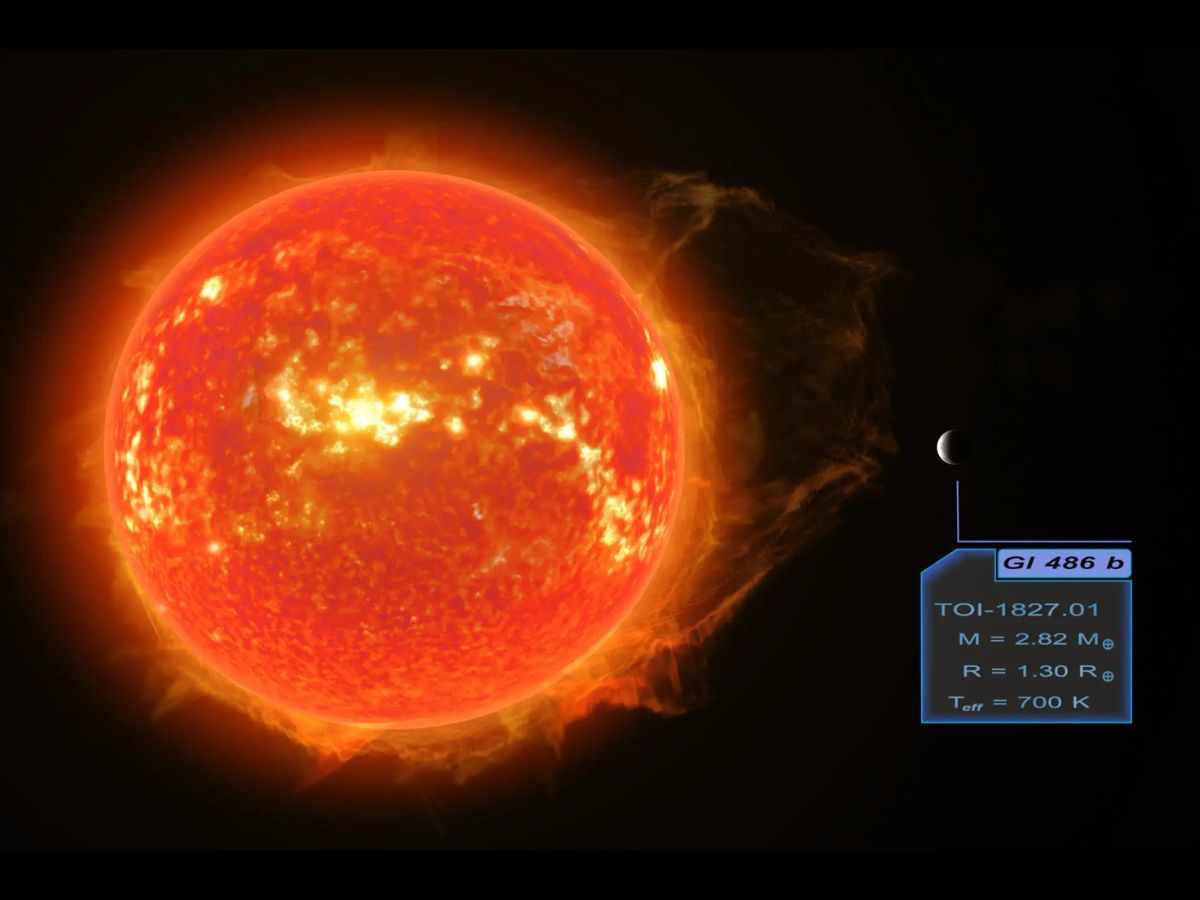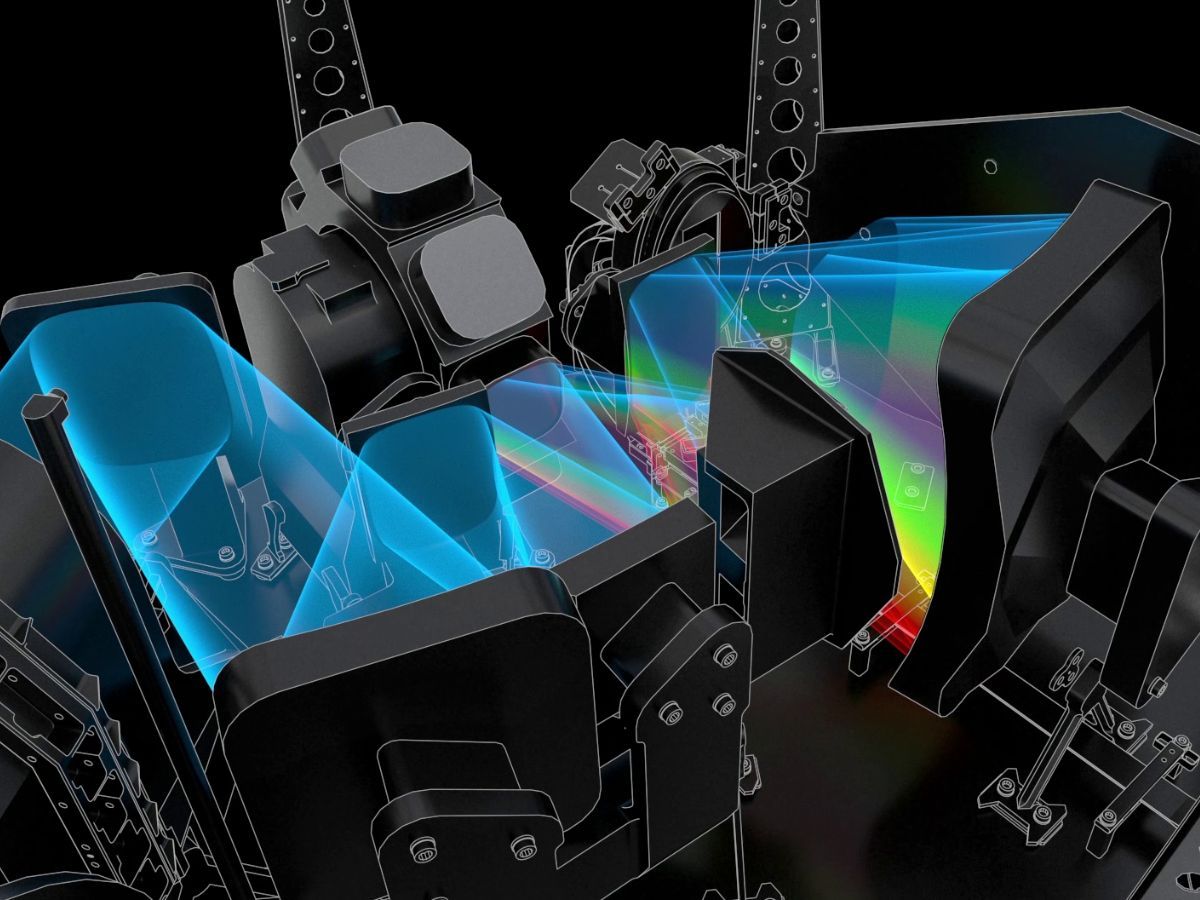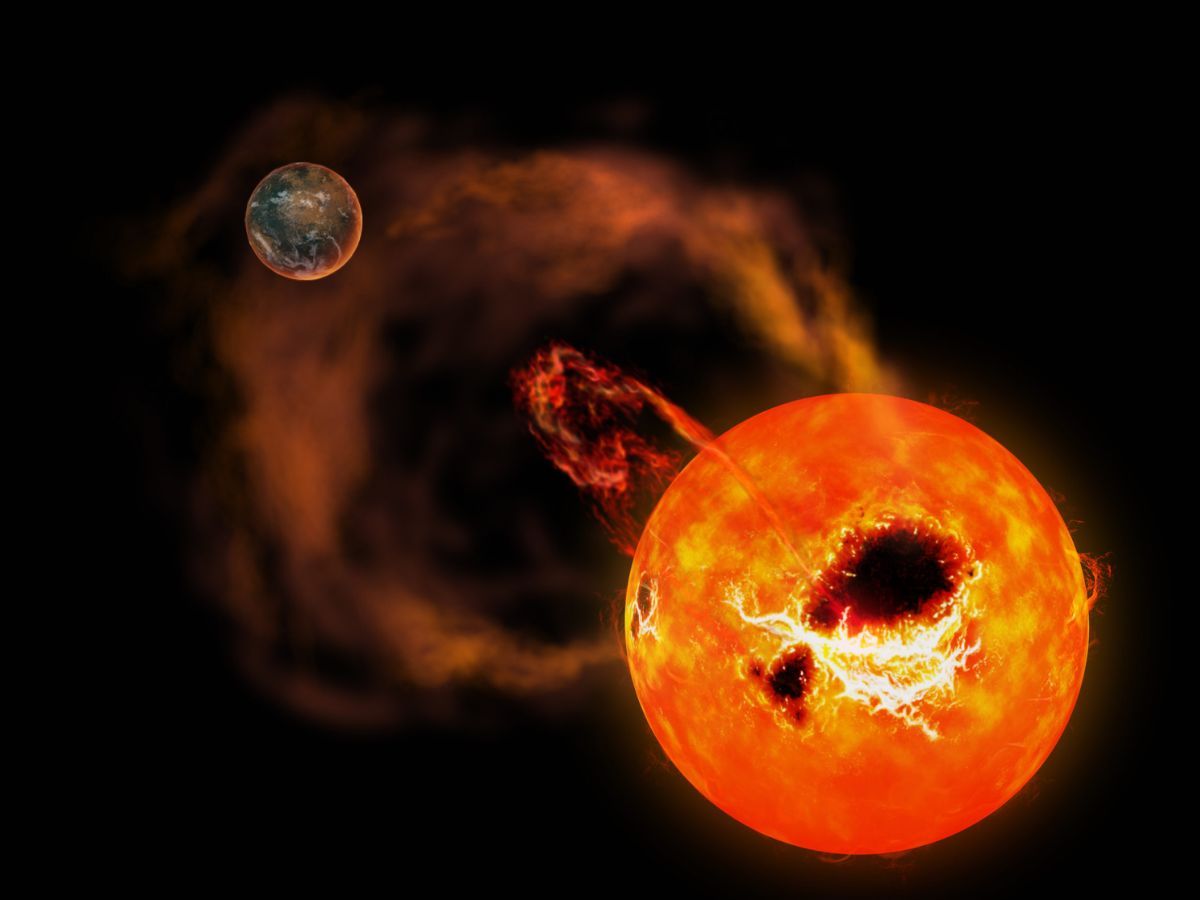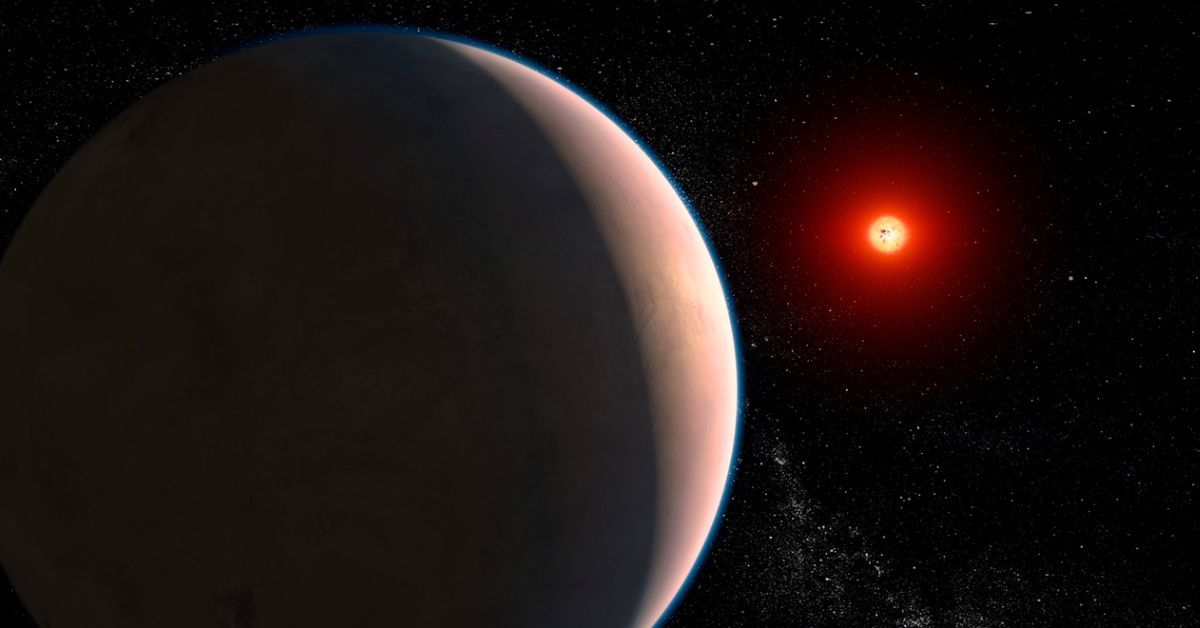Imagine uncovering a hidden clue in the depths of space that could reshape our understanding of habitable worlds beyond our solar system. That's precisely the situation astronomers find themselves in, as NASA's James Webb Space Telescope (JWST) reveals tantalizing hints of water vapor on a rocky exoplanet called GJ 486 b. While this scorching world orbits far too close to its star to be considered habitable, the presence of water vapor raises a crucial question: could GJ 486 b harbor an atmosphere despite its harsh environment? The answer has the potential to redefine exoplanet research and propel our search for life in the cosmos.
GJ 486 b - An Intriguing Rocky Exoplanet
GJ 486 b, located 26 light-years away in the Virgo constellation, is a captivating exoplanet that has captured the attention of scientists worldwide. Its unique characteristics make it a valuable target for understanding the potential habitability of other rocky exoplanets. Measuring approximately 30% larger than Earth and boasting a mass three times greater, GJ 486 b is a dense, rocky world with stronger gravity than our home planet. These differences in size, mass, and gravity are key factors that influence the planet's potential atmosphere and habitability.
The orbit of GJ 486 b is another remarkable aspect of this enigmatic world. It circles its host star, a red dwarf, in just under 1.5 Earth days. Due to its close proximity to the star, GJ 486 b is expected to be tidally locked. This means that one side of the planet perpetually faces its star, experiencing unending daylight, while the other side remains shrouded in perpetual darkness.

The surface temperature of GJ 486 b is a scorching 800 degrees Fahrenheit (430 degrees Celsius), far too hot to support life as we know it. This extreme heat results from the exoplanet's position relative to its star, as it resides well outside the habitable zone - the region where liquid water could exist on a planet's surface, and thus, support life. Despite the inhospitable conditions, the possible presence of water vapor on GJ 486 b raises fascinating questions about the nature of atmospheres on rocky exoplanets and their potential to support life, even in such extreme environments.
Hints of Water Vapor - A Potential Atmosphere?
To investigate the enigmatic GJ 486 b, astronomers utilized the powerful capabilities of Webb's Near-Infrared Spectrograph (NIRSpec). This sophisticated instrument allowed them to observe the exoplanet as it transited its host star, providing crucial information about its composition. While water vapor has been previously observed on gaseous exoplanets, it has never been definitively detected on a rocky exoplanet like GJ 486 b. The possibility of water vapor in this distant world piques the interest of researchers and raises fascinating questions about the potential existence of an atmosphere.

The significance of detecting water vapor on GJ 486 b cannot be overstated. This finding could indicate that the exoplanet harbors an atmosphere despite its close proximity to its star and scorching surface temperatures. If confirmed, the presence of an atmosphere on a rocky exoplanet would represent a groundbreaking discovery in exoplanet research. It would not only expand our understanding of the conditions under which atmospheres can exist but also shed light on the resilience of planets in extreme environments.
However, it is essential to note that the observed water vapor may not be associated with GJ 486 b at all. It could be originating from the exoplanet's host star instead. In order to ascertain the true source of the water vapor and determine whether an atmosphere exists on this intriguing rocky exoplanet, further observations and analyses are necessary. These ongoing efforts will continue to push the boundaries of our knowledge, revealing the secrets of GJ 486 b and its potential atmosphere.
The Role of Red Dwarf Stars and Starspots
Red dwarf stars play a crucial role in the study of exoplanets, as they are the most common type of star in the universe. These small, cool stars often host rocky exoplanets, making them prime candidates for researchers seeking potentially habitable worlds. Although they are cooler than stars like our Sun, red dwarfs still possess starspots, which are cooler, darker areas on the surface of the star where magnetic activity is concentrated. Interestingly, these starspots can contain water vapor due to their relatively lower temperatures compared to the rest of the star's surface.

The presence of water vapor in starspots can create an intriguing phenomenon, as the water vapor signature might be mistaken for a planetary atmosphere when observed using transmission spectroscopy. This potential for starspots to mimic a planetary atmosphere is an important consideration when studying exoplanets like GJ 486 b, as it highlights the need for careful analysis of the data to avoid misinterpretation.
GJ 486 b's host star, a red dwarf, is cooler than our Sun, which means that the concentration of water vapor within its starspots could be even higher. This further emphasizes the importance of determining the true source of the water vapor detected on GJ 486 b. By distinguishing between a planetary atmosphere and the water vapor present in starspots, scientists can gain a deeper understanding of the exoplanet's characteristics and the role that red dwarf stars play in shaping the environments of their orbiting worlds.
Decoding the Source of Water Vapor - Transmission Spectroscopy
Transmission spectroscopy is a powerful technique used by astronomers to study the atmospheres of exoplanets. When a planet transits its host star, a portion of the star's light filters through the exoplanet's atmosphere. The atmosphere absorbs and emits light at specific wavelengths, depending on the elements and compounds present. By analyzing the changes in the star's light as it passes through the exoplanet's atmosphere, researchers can identify these unique spectral signatures and deduce the composition of the atmosphere.

In the case of GJ 486 b, scientists utilized the James Webb Space Telescope (JWST) to observe two transits of the exoplanet across its host star. These observations, each lasting approximately an hour, provided valuable data that was analyzed using three different methods. The results from all three approaches revealed a mostly flat spectrum with an intriguing rise at the shortest infrared wavelengths. This spectral signature suggested the presence of water vapor, prompting further investigation.
By running computer models that considered various molecules, the research team concluded that the most likely source of the detected signal was water vapor. However, the origin of the water vapor remains uncertain, as it could be associated with the exoplanet's atmosphere or the host star's starspots. To definitively determine the source of the water vapor, additional observations using different instruments on the JWST will be required, emphasizing the importance of continued research and the power of transmission spectroscopy in unveiling the secrets of distant worlds.
Future Observations and Implications
The James Webb Space Telescope (JWST) is poised to play a critical role in furthering our understanding of GJ 486 b and its potential atmosphere. One of the upcoming observations will utilize the Mid-Infrared Instrument (MIRI) to study the planet's day side. This investigation will provide valuable insights into the possible presence of an atmosphere and its effects on the exoplanet's temperature distribution.
Studying the day side of GJ 486 b is crucial for determining whether the water vapor detected in previous observations originates from the planet's atmosphere or from starspots on the host star. If the exoplanet has no atmosphere or only a thin one, the hottest part of the day side is expected to be directly under the star. However, if the hottest point is offset, this could indicate the presence of an atmosphere thick enough to circulate heat and redistribute the energy across the planet's surface.

Ultimately, to differentiate between the planetary atmosphere and starspot scenarios, observations at shorter infrared wavelengths will be needed. The Near-Infrared Imager and Slitless Spectrograph (NIRISS) on JWST will be employed for this purpose. These additional observations will help resolve the uncertainties surrounding the water vapor signal and its origin.
The implications of this research extend beyond GJ 486 b, as it will contribute to the broader search for habitable worlds outside our solar system. Understanding the potential for atmospheres on rocky exoplanets orbiting red dwarf stars will inform future studies and aid in the identification of planets with conditions that may support life. The findings from the ongoing exploration of GJ 486 b will not only enhance our knowledge of this intriguing exoplanet but also deepen our understanding of the myriad worlds that populate our vast universe.
Sources: nasa.gov / space.com / openaccessgovernment.org / hothardware.com













